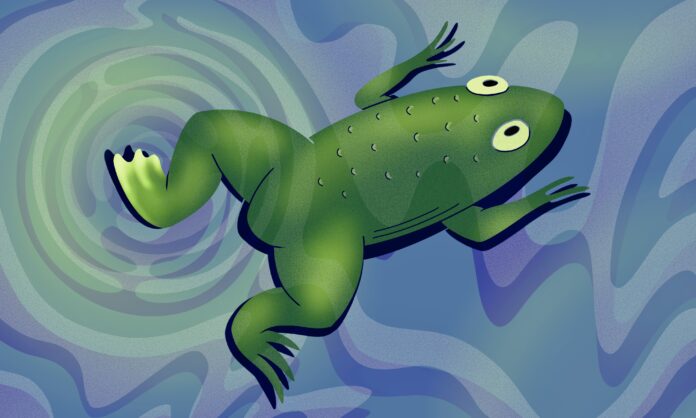Is it possible to regrow missing human limbs? A few years ago, this question had very little basis in existing scientific research. But now, limb regeneration might just become the next big thing.
Recent research conducted by a team of scientists at Tufts University and Harvard University is now suggesting that eventually one day, human limbs and organs can be regrown.
Modern medicine is heavily dependent on the contribution of animals as animal testing has been around since the Ancient Greeks in the 4th and 3rd centuries. They have played a significant pivotal role in the advancement of science and health, from testing certain medicines to even being subjects for operations before any human. Scientists usually test on animals that show some sort of similarity to humans, such as the resemblance of the genomic DNA, having the same organs or even habits that correlate with humans. For example, the discovery of insulin would not have been possible without the contributions of dogs as in 1893 they were crucial test subjects with regards to the role of the pancreas and the isolation of insulin in a body.
Halona Augustine, a first-year science and business student, expressed that she appreciated the article because of the importance highlighted in the abstract.
“I liked the research, because its main topic of focus [regenerating organs] is very interesting to me, as someone who enjoys reading about scientific experiments and advances,” Augustine said.
This scientific research was conducted on African clawed frogs (Xenopus laevis), which are capable of fully regenerating most of their tissues including their hindlimbs before metamorphosis in their tadpole stages. However, this ability to regenerate greatly declines with maturation. Through using molecule inhibitors delivered via single-drug delivery methods it was validated that the bone morphogenetic protein (BMP), fibroblast growth factor (FGF), and other transforming growth factor betas were the predominant elements in the proper formation of the regenerated tail in tadpoles. Upon further experimental amputation analysis, it was discovered that although some species of frogs still manage to grow a proportion of their limbs, Xenopus fail to regenerate their hindlimbs. Instead, they regenerate featureless cartilaginous spikes which are far from functional.
Emaan Sikander, a first-year accounting and financial management student, said that research like this is the first step towards achieving something incredible.
“Limb regeneration sounds futuristic and something I’d imagine thousands of years of evolution would take. But after reading about research like this, it feels like the future is closer than it seems and I’m excited to see what can be accomplished,” Sikander said.
The procedural experiment included wearing a bioreactor “BioDome” to attain control over the local micro-environment of a wound in vivo. The wearable bioreactor provided the wound cells with an environment like the embryonic context. The bioreactor contained five drugs in the form of a gel, each of which had a different role, such as easing inflammation, stopping collagen production to avoid scarring and encouraging the growth of nerve fibers, blood vessels, and muscles. Then, such compounds could trigger a sustainable endogenous morphogenetic cascade without constant intervention or management. It was noticed that within 24 hours, the exposure from the wearable bioreactor not only marked tissue outgrowth but also helped the frog gain sensorimotor function.
“It’s exciting to see that the drugs we selected were helping to create an almost complete limb,” Nirosha Murugan, a research affiliate at Tufts University in Massachusetts said in a statement to the American Association for the Advancement of Sciences (AAAS).
An 18-month follow-up resulted in more growth outcomes including increased generating limbs with nerves, smooth muscles, and reorganization of the extracellular matrix proteins. The regenerated bone displayed anatomical features and the sensorimotor pathways were functional and restored to preinjury levels in the animals exposed to the full treatment condition. The frogs were ready for moving and swimming as per usual.
“We’ll be testing how this treatment could apply to mammals,” Michael Levin, a biology professor at Tufts and one of the scientists involved in the research, said in a press release to Tufts University.
This new induction method did not require gene therapy or stem cell implants, rather only the use of compound interventions consisting of a drug blend and a wearable bioreactor delivery device. This wasn’t just a successful procedure in helping frogs regenerate limbs, but also an important milestone in kickstarting a complex organ regeneration response in vertebrates. Not only could this shape the future of lost limbs in humans, but it could also possibly be another alternative to prosthetics. According to the Amputee Coalition, approximately 185,000 amputations occur in the United States alone and about one million around the globe each year. People lose their limbs due to many reasons such as diabetes, military combat, trauma, cancer, and peripheral artery diseases. According to the scientists, prosthetics provide only limited help with mobility and hence, this new advancement may bring about a new era for science.




























